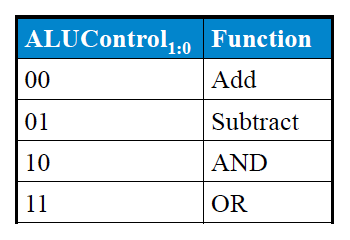Given the following variable declarations:
short a = 0b0010101100011001;
short b = 0b0101100110101011;
short c = 0b1111111101110010;
unsigned short j = 0x95;
unsigned short k = 0xF35C;
int n = 0xA39D2;
int p = 0x5A48;
Compute results for the following data operations.
Be sure to show your work, and please give your answer in binary or hex
- a + b
- n ‐ p
- b & c
- n ^ p
- a << 7
- k >> 6
- c >> 5
- (23 << 4) ‐ 0xFF
- j % 6
- ((a + b < c) || ((p < n) && !(j % 2)))
Assume for the following problems that x and y have been declared as follows:
short x, y;
Note: x can be any value that results in valid value for y.
- The following code corresponds to the mathematical equation: y = K * x, for some fixed value of K. In this case, what is K?
- The following code similarly corresponds to: y = K * x, but for what value of K?
- The following code corresponds to the mathematical equation: y = K * x, for some fixed value of K < 1. What is the value of K?
- Relative to multiplication and division, what mathematical equation does the following code produce?
x = 13
y = (x << 3) - x
x = 6
y = x + (x << 1) - (x << 4)
x = 22
y = (x >> 2) + (x >> 3)
x = 117
y = x & 0x0f
Using the diagram of the ALU from Figure 5.17 in the textbook, displayed here or downloadable here:


Indicate what the 32-bit Result output, and each of the 1-bit Zero, Negative, and Carry outputs, would be for each of the following sets of inputs:
- A = 0x3D56B, B = 0x28C5, ALUControl1:0 = 11
- A = 0x3D56B, B = 0x28C5, ALUControl1:0 = 00
- A = 0x28C5, B = 0x28C5, ALUControl1:0 = 01
- A = 0x3A5, B = 0xC48, ALUControl1:0 = 10
- A = 0x3D56B, B = 0x28C5, ALUControl1:0 = 01
- A = 0xFFF3D56B, B = 0xFFFF28C5, ALUControl1:0 = 10